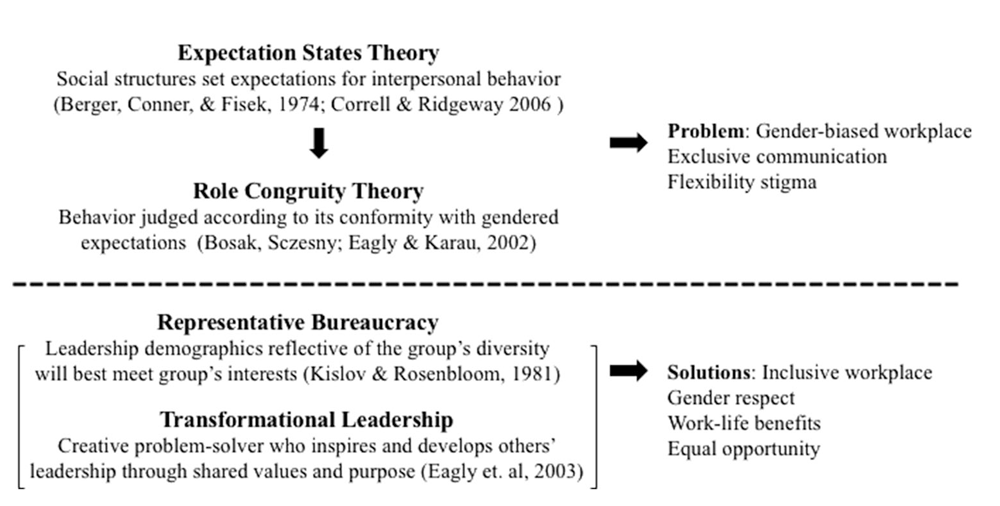Uncovering JAPA
Concerned About Planning Equity? Start With Your Office

The ideas that representation matters, particularly in leadership, or that women experience a lack of equality in the workplace are not new. Neither is the idea that women have been underrepresented in the planning profession.
Gender Bias in Planning Workplace
What is different about Marisa Turesky and Mildred Warner's article "Gender Dynamics in the Planning Workplace" in the Journal of the American Association (Vol. 86, No. 2) is their focus on the resulting gender bias that workplace inequity propagates, and the importance of recognizing and changing workplace culture.
The authors note that it wasn't until the 1970s that gender broadly came into focus within academia. In planning, the feminist movement focused on "theory, history, and policy" — in other words, on ways of planning for women. Ideas of gender representation within the profession, and workplace inclusivity, were not at the forefront of planners' or academics' attention.
The planning profession may have recognized the need to plan differently for women than for men, but that same realization was not focused on practices within their own offices.
Turesky and Warner draw on organizational and workplace psychology theories to define the aspects of gender inequity that they studied: "workplace environment, gender equity, work-life balance, and parental leave." In collaboration with the Women and Planning Division of APA, they conducted focus groups with more than 40 professional planners and developed an online survey distributed in 2015 that yielded 327 responses.
In the qualitative focus groups, female respondents described experiences with exclusive communication, barriers to equal opportunity, and biases between the way offices treat women with familial obligations in comparison to the way men of similar situations are treated. Each of these may lead to stunted career growth and an inability for women to adequately complete their jobs.

Figure 1: Logic model from " Gender Dynamics in the Planning Workplace" in the Journal of the American Association (Vol. 86, No. 2).
Positive Workplace Changes with Transformational Leadership
The survey results, however, offered a greater portrait of progress and hope. The authors found that male and female respondents in workplaces with female management experienced "more gender sensitivity, work-life benefits, ability to access flexible benefits without stigma, and equal opportunity."
The prescription for improving workplaces that the authors outline, therefore, includes an increase in transformational leadership, particularly female leaders. Transformational leaders are known for their ability to "innovate, question the status quo, and motivate followers."
Such leadership may lead to a change in office culture that ensures voices are heard equitably and planners experience equal opportunities for advancement regardless of gender.
Turesky and Warner acknowledge limitations in terms of difficulties in advertising the survey to yield greater and more diverse participation (the demographics of the respondents were disproportionately white, for example). Despite these limitations, the issues raised by the authors and the ideas they pose are both significant and relevant at this moment of reckoning across American cities regarding the way communities are built.
As planning students and planning professionals we grapple with the question: How can we promote equity and justice through our planning practices? Before we can understand ways to adequately promote equity in our work, however, we must first inscribe equity into our places of work and learning.
Without an equitable workplace that incorporates and supports a diversity of thought, experiences, and backgrounds, planners cannot reliably plan for diverse communities.
Turesky and Warner's study shines a bright light on this:
"As planners seek to reach out to a more diverse community, we must also look inward on how we can accommodate a changing workforce. A planning workplace that enables and encourages all planners to contribute their full breadth of knowledge and experience will benefit both planners and the communities they serve. Some progress has been made, but more work needs to be done."
Top image: Getty Images photo.


